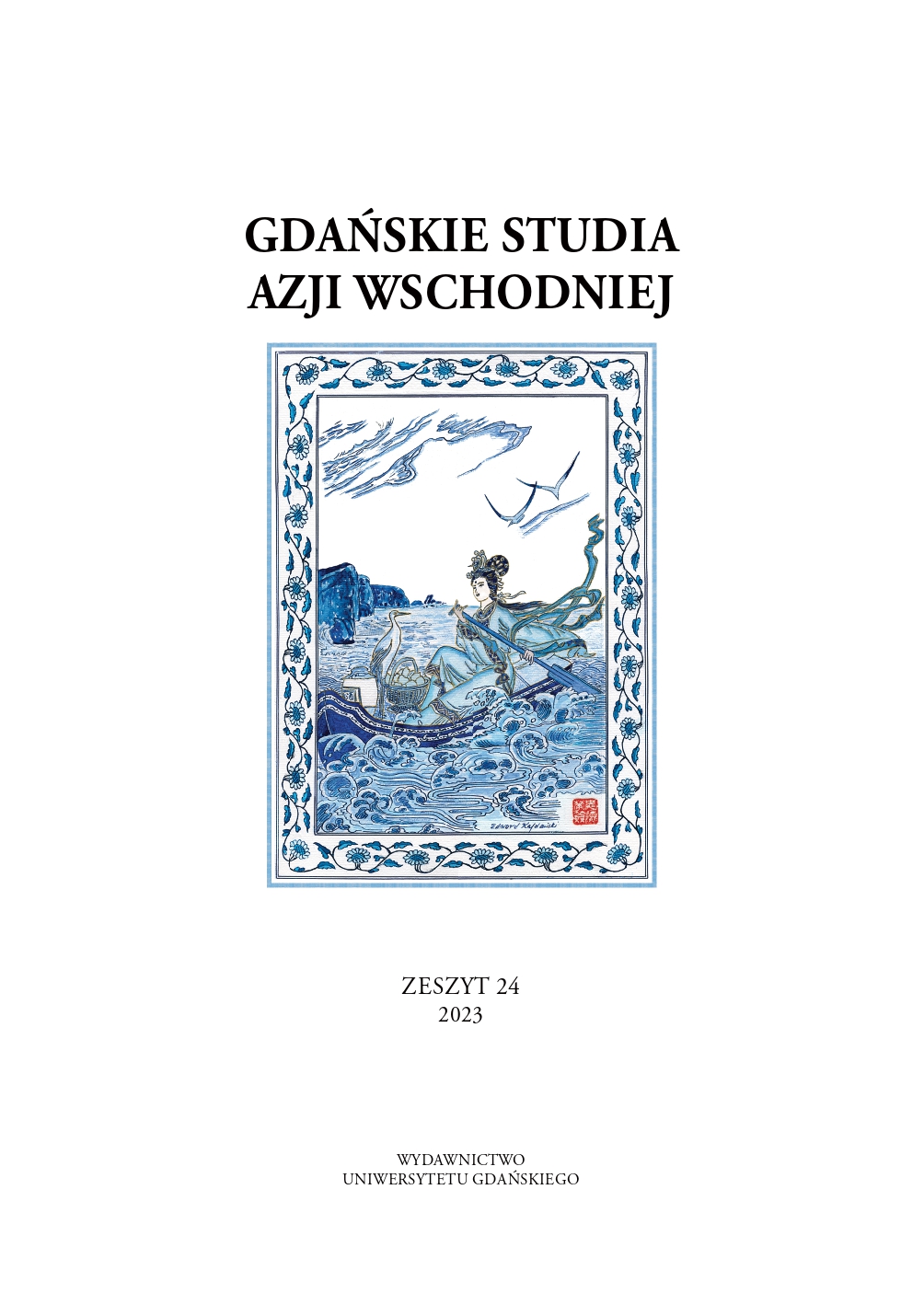Współczesna sytuacja sanskrytu
Abstrakt
This article presents the current situation of Sanskrit and the importance of Sanskrit in India. How is Sanskrit used in daily life in India and what is its role in the sub-continent’s religions? There are some television channels in Sanskrit and in schools Sanskrit is a mandatory subject. It is one of the twenty-three official languages in India. Sanskrit is not a dead language because there are some villages where people use it in daily life, for example in school, university, worship, and especially on traditional occasions. It has a role like Greek or Latin have in European society. India has a special day celebrating Sanskrit, and a special week for Sanskrit. People have started to learn Sanskrit in German schools and in US schools. NASA also uses Sanskrit. It is possible in the future that computers will work in Sanskrit. Sanskrit is the language in which the Vedas, Upanishads, Puranas, and texts on ethics are written. It has been a language used in India for a very long time. Sanskrit is a classical and historical language of India. The corpus of Sanskrit literature encompasses a rich tradition of poetry and drama as well as scientific, technical, philosophical, and Hindu religious texts. The importance of Sanskrit is quite evident from its all-India scope. It goes without saying that it is the basis of most of the modern Indian languages. I give several opinions of Sanskrit of some of the greatest orientalists that the world has ever produced; I show the consensus of the opinions of men like Professor Max Müller, Veer Savarkar, Rajendra Prasad, and Mahatma Gandhi. These opinions show the cultural importance of Sanskrit in the life of India as the only language that can culturally integrate the entire country and the entire Hindu society.
Downloads
Bibliografia
Cardona G., Sanskrit language, Britannica, https://www.britannica.com/topic/Sanskrit-language (dostęp: 6.02.2023).
Dokras U., Origin and Development of Sanskrit,,,Indo Nordic Author’s Collective”, https://www. academia.edu/105114244/Origin_and_Development_of_Sanskrit (dostęp: 28.10.2023).
Keith A.B., A history of Sanskrit literature, Motilal Banarsidass, Delhi 1993.
Bhushan S., Sanskryt Vijayi Bhaw, Sanskryt Ganga, Prayagraj 2018.
Mehta L.K., The status and place of Sanskrit language in modern India, „The Hitavada”, 22.08.2021.
Mission Sanskrit – Sanskrit As Computer Language: NASA, 28.07.2013, http://bharatbhartivaibhavam.blogspot.com/2013/07/mission-sanskrit-sanskrit-as-computer.html (dostęp: 19.09.2023).
Panda N.C., Relevance of Sanskrit in the Modern Age, Souvenir Press, Punjab 2008.
PIB (Press Information Bureau), World Sanskrit Day, 24.08.2021, https://www.drishtiias.com/ daily-updates/daily-news-analysis/world-sanskrit-day (dostęp: 7.02.2023).
Ramaswamy S., Sanskrit for the Nation, Cambridge University Press, Cambridge 1999.
Sampad S.M., 2013, On the Importance of Sanskrit, https://nextfuture.aurosociety.org/on-the-importance-of-sanskrit (dostęp: 8.02.2023).
The status and place of Sanskrit language in modern India, 22.08.2021, https://www.zee5.com/articles/ the-status-and-place-of-sanskrit-language-in-modern-india (dostęp: 8.02.2023).

 Uniwersyteckie Czasopisma Naukowe
Uniwersyteckie Czasopisma Naukowe





